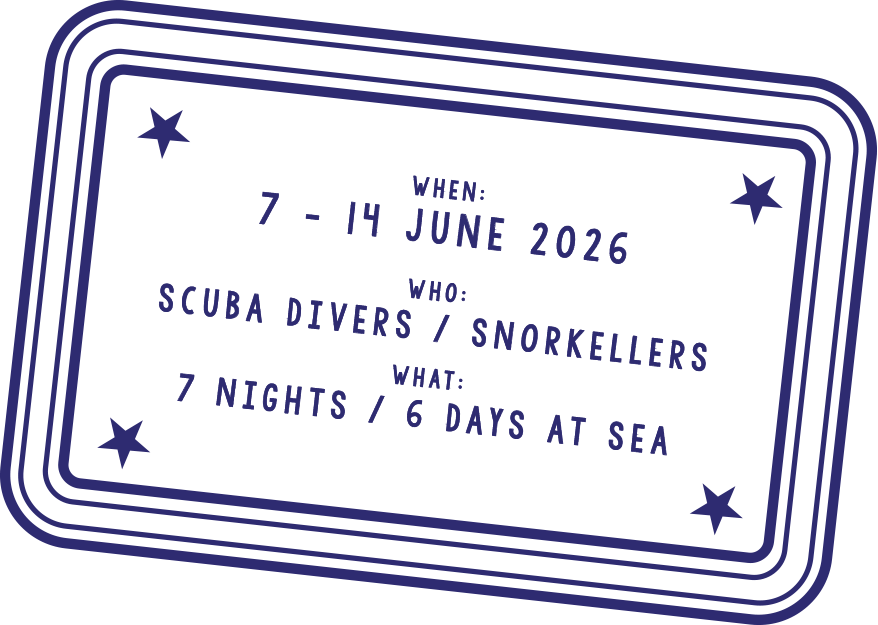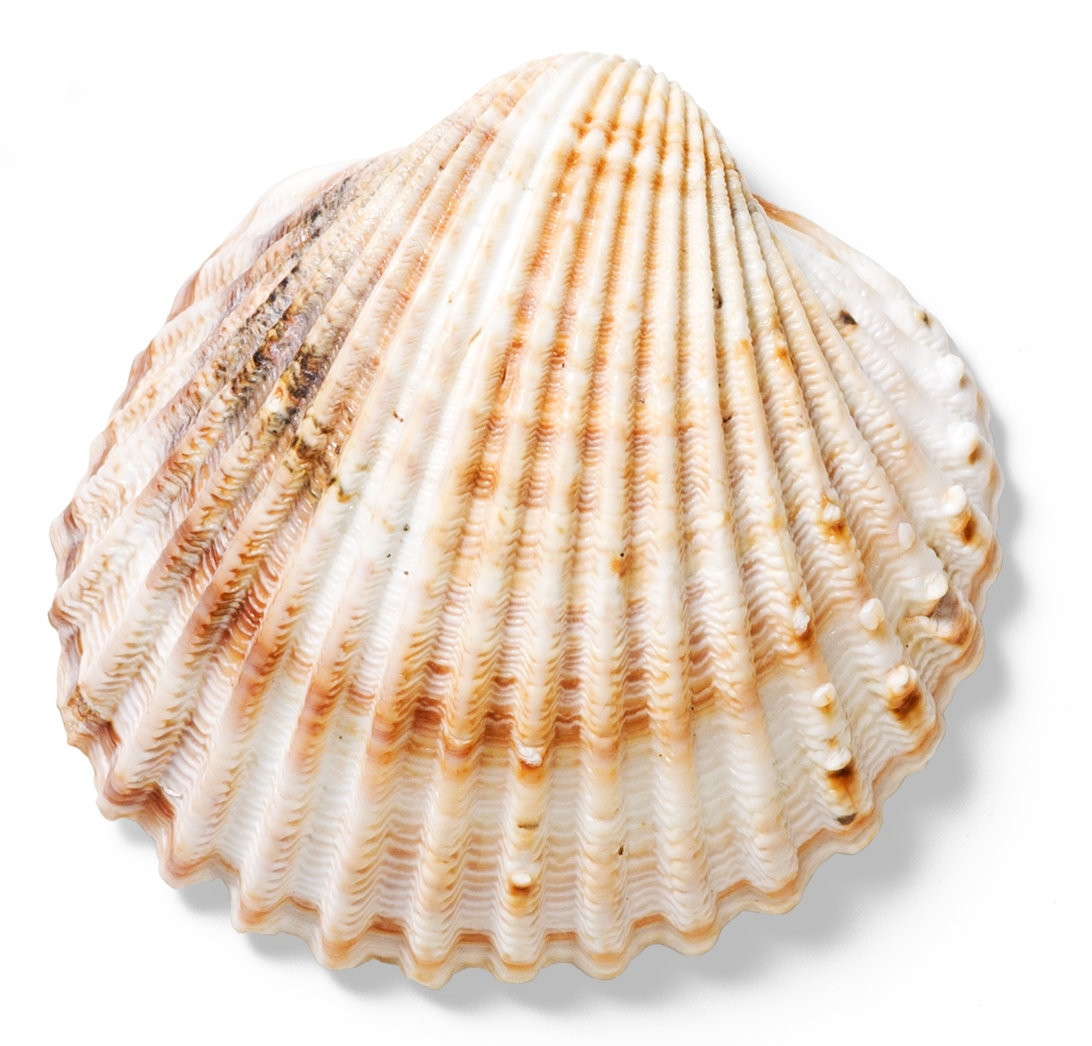UPCOMING EXPEDITIONS
“It’s my most incredible experience as a filmmaker; I’d do it again, and again,
and again.”
– Chris Santella, Fifty Places to Dive Before you Die
“For divers, filmmakers and photographers who have experienced the heart-stopping fracas of the annual Sardine Run, no other dive comes close.”
– National Geographic, 100 Dives of a Lifetime
Once a year, billions of Sardines migrate up the east coast of South Africa to spawn. Following a cool counter-current, they are constantly chased and ambushed by an army of marine predators.
A completely natural and often unpredictable event that requires the alignment of several natural forces, this is what adventure diving is all about. Nothing can be guaranteed, but when it all comes together, the opportunities to experience marine wildlife can be life-altering.
On our expeditions we spend six days at sea, using all our knowledge and experience of the animals and area to maximise chances of engaging Sardine shoals. Then it’s an underwater opera of birds, dolphins, sharks and whales all working together to feed.
Common Dolphins are common, and we sometimes also see Bottlenosed Dolphins and even shy Humpbacked Dolphins nearer to the shore.
Several shark species are in on the action as well, with Coppers (Bronze Whalers) and Duskies most common.
Cape Fur Seals and many kinds of game fish are never far away, and there can be few things as majestic as witnessing a Brydes Whale engulfing an entire bait ball in a single gulp.
Even on quiet days there is always plenty of action, with many of the predators still scouting around for fish, like us.
During this time of year, migrating groups of Humpback Whales are experienced daily – either in the water, or breaching, tail-slapping and spy-hopping just metres away from the boat. Southern Right and Minke Whales can also be occasionally seen.
Bird-wise, this part of the coast is a paradise, with dozens of species spotted on each trip, including African Penguin, Cape Gannet, various Cormorants, Yellow-nosed Indian Albatross, Sub-Antarctic Skua and different kinds of Petrels. From the shore at our base in Chintsa, you may also see Trumpeter Hornbill, Woodhoopoe, various Kingfishers and Goliath Heron.
Chintsa is a beautiful location and gives us an effective range of some 100 km of the South African Wild Coast to explore, from East London in the west to the Kei River in the east. The Chintsa area was also carefully chosen for being one of the first places where humans can encounter fish on the Sardine Run, so numbers have not yet been decimated, and predators are still hungry.
Our home for the week is the charismatic Buccaneer’s Lodge on the Chintsa River mouth, where Sean and Sal accommodate us in en-suite rooms with sweeping sea and river views. Sal is quite a chef, too – and a generous one.
Each morning you’ll be greeted by a hot breakfast, catering to your personal dietary requirements. There’s tea, coffee and a packed lunch at sea, and then a buffet-style dinner to be enjoyed while watching the day fade over the ocean.
Should the group require a rest day (or the conditions demand one) there are a number of local activities on offer and included in our package – favourites being to take a guided nature walk with a local ecologist, or to visit a nearby micro-brewery for a tasting and lunch.
Rates
Per person sharing:
£2,450Single room:
£2,750Included: Accommodation, all meals and snacks in Chintsa (catered to personal dietary requirements), transfers, boats, guides, cylinders and weights, most rest day activities.
Excluded: Flights, alcohol, dive equipment other than weights and tanks (although this can be rented), gratuities, mandatory travel and diving insurance.
Please note
The Sardine Run is a natural and, therefore, unpredictable event. Our experience over the past twelve years will help maximise chances of finding the best action, but nothing can be guaranteed. There will be thrilling days and quieter days, as with any wildlife safari.
Each expedition consists of six full days at sea, or five sea days and an active rest day (should the group’s stamina, or conditions, demand one).
The boat normally launches at around 08h00 and returns around 15h00, weather and conditions dependent.
Because of the fast-moving nature of the action, the best way to experience the Sardine Run is often on snorkel, and only a minority of our time will be spent on SCUBA. There is also plenty to see from the boat. This makes the Sardine Run accessible to those who do not have a SCUBA certification, and/or would prefer to be boat-based.
It is the cooler Benguela current that pulls the Sardine shoals up the South African east coast, so we don’t want warm water. With water temperatures during the Sardine Run ranging from around 15 to 20 degrees, divers are recommended to wear a 5 mm neoprene wetsuit.
There is no malaria in this part of South Africa.
For more information on Buccaneers Lodge: www.buccaneerschintsa.com
TESTIMONIAL
“Troy's approach to the organisation of the expedition was very efficient using his local knowledge and great attention to detail. Thoroughly recommended.”
– Richard Q.






